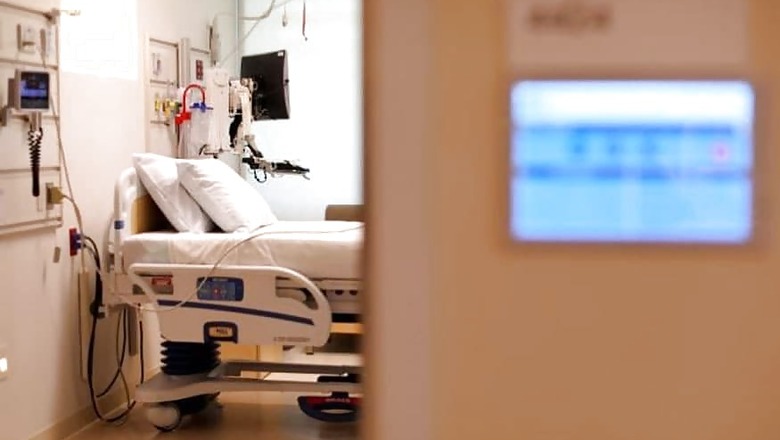
views
New Delhi: India is poised to raise its public health spending by 11 percent in the annual budget next month, after rejecting Health Minister JP Nadda's demand for a much bigger increase to ramp up disease control, according to government sources and documents.
Nadda sought a "bare minimum" budget of nearly $10 billion for 2018-19 - 33 percent higher than last year - in a letter to the finance minister on November 26, which Reuters has reviewed. Nadda argued the funds were needed for expanding vaccination coverage and free drugs distribution, and also to ward off a growing threat of non-communicable diseases, such as cancer and diabetes, which killed 6 million people in India in 2016.
His request was not approved: the health budget is expected to rise by 11 percent to $8.2 billion, three government officials told Reuters. They declined to be named or be identified further as the discussions were confidential.
Prime Minister Narendra Modi's government last year set a target of raising annual health spending to 2.5 percent of India's GDP by 2025, from 1.15 percent now - one of the lowest proportions in the world. The health budget this year will put that pledge at risk.
"What's the point of having a (2025) GDP target? With this funding, it still looks like a herculean task," said one of the officials interviewed. The finance ministry declined comment, while the health ministry did not respond to requests seeking comment. The budget for the financial year ending March 2019 will be presented on February 1.
Shamika Ravi, a member of Modi's economic advisory council, said she wasn't privy to the final budget numbers, but described a $8.2 billion annual health budget as "not sufficient".
"If we underspend on health, it will impact India's overall GDP by lowering productivity in the long term," said Ravi, who is also a research director at Brookings India.
Ravi, however, said she would continue to advise the government to allocate more funds for healthcare to achieve its 2025 GDP target.
ECONOMY VS HEALTH
Last year, the government intensified efforts to overhaul the public healthcare system. It capped prices of several medical devices to help the poor, ramped up screening of non-communicable diseases and, on top of that, also raised the federal health budget by more than a quarter.
But the health budget increase for 2018-19 will be lower as the government's finances are stretched by slowing economic growth and tax collections that have lagged under a new sales tax regime, the officials said.
It was difficult to get the 11 percent hike approved, according to one of the officials, who said that it took many rounds of discussions between the health ministry and the finance ministry. Initially, the finance ministry had earmarked only a five percent increase in the budget, but that was increased after fresh representations by the health ministry, the official said.
Collections under the new national goods and services tax system stood at $12.6 billion in November, the lowest since its launch in July, which finance officials say have upset the goverment's overall revenues and their budget calculations.
In recent months, the finance ministry has said it wants to boost spending on sectors such as infrastructure, including ports and roads, to boost economic growth. That, along with the need to stick to fiscal targets, means that the budget for other sectors will be squeezed.
In his letter, Nadda made a case for a significant increase in his ministry's allocation, saying investments in public health would eventually result in a "tenfold return for the economy".
Low public health spending leads to "catastrophic" medical expenses for people, he wrote.
India's overburdened health system remains plagued with an acute shortage of government hospitals in rural areas. In 2016, more than 1 million children died before turning five, the highest number for any nation in the world, a United Nations report said last year.
















Comments
0 comment